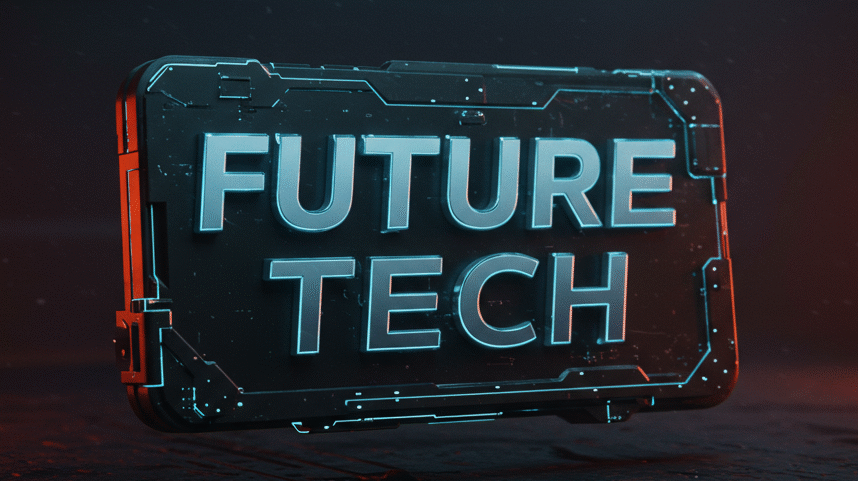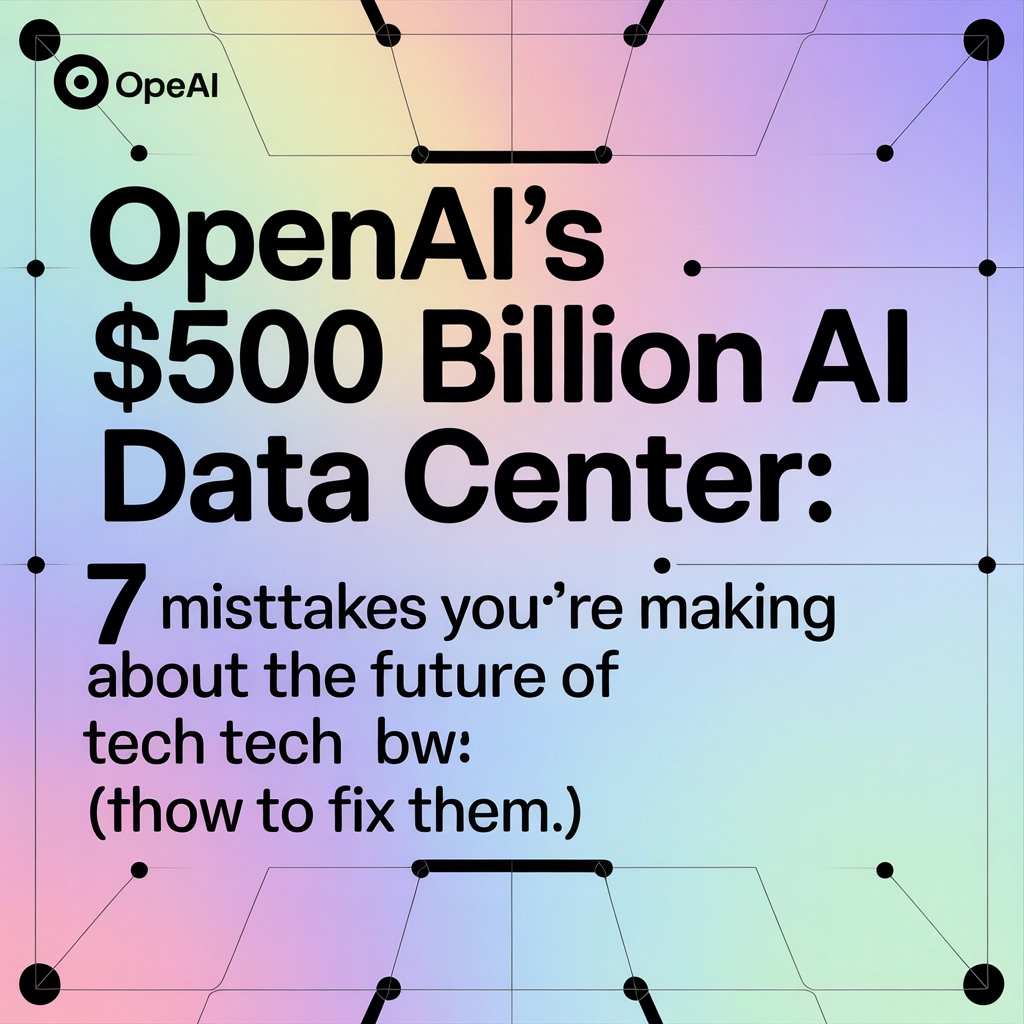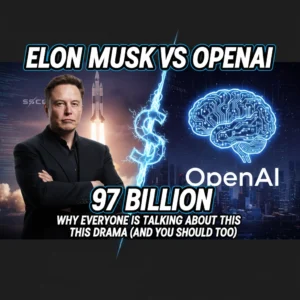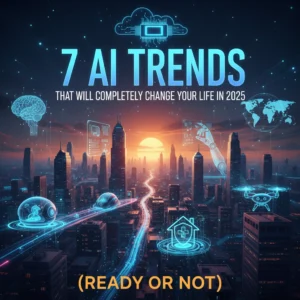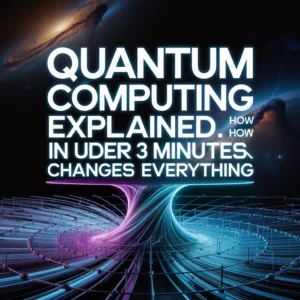Ever heard someone at a coffee shop confidently explaining how "OpenAI already messed up GPT-5" or how the Stargate project is just "throwing money at problems"? Yeah, me too. And honestly? They're dead wrong about pretty much everything.
OpenAI's Stargate project is the most ambitious AI infrastructure play we've ever seen, but the internet's buzzing with so much misinformation that most people have no clue what's actually happening. Let's fix that.
The Real Story Behind Those Viral Headlines
Before we dive into the mistakes everyone's making, here's what's actually going down: Stargate isn't just OpenAI throwing $500 billion at servers and hoping for the best. It's a four-year partnership involving multiple companies, designed to build 10 gigawatts of AI infrastructure that could literally reshape how we think about computing power.
But here's where it gets messy, and where most people get it wrong.
Mistake #1: Believing GPT-5 Has Already Been Released (And Failed)
This one's everywhere on social media, and it drives me nuts. People are sharing stories claiming Sam Altman admitted to "major rollout mistakes" with GPT-5.
Here's the thing: GPT-5 hasn't even been released yet.
This whole narrative comes from people mixing up different AI news stories or completely misunderstanding discussions about future development challenges. It's like claiming the iPhone 20 is terrible based on rumors about the iPhone 19 that doesn't exist yet.
The fix? Before sharing that spicy AI hot take, maybe double-check if the product you're criticizing actually exists.
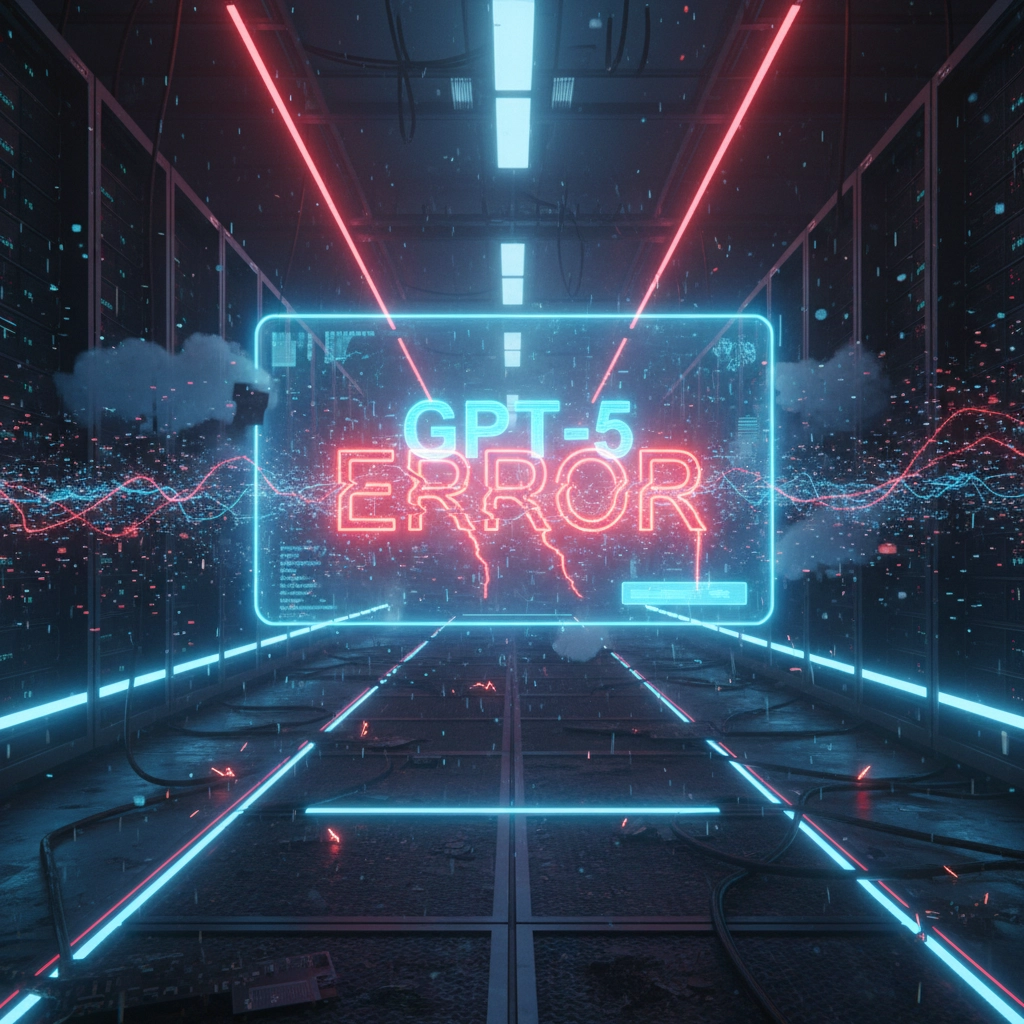
Mistake #2: Thinking $500 Billion Is Just Marketing Fluff
"Five hundred billion dollars? Come on, that's just Elon Musk-style hype numbers."
Wrong again. While $500 billion sounds like Monopoly money, put it in context:
• Microsoft's planning $80 billion in AI infrastructure for 2025 alone
• Alphabet's dropping $75 billion
• Meta's spending $60-65 billion
• Combined spending from just these big four will hit over $300 billion in 2025
The Stargate figure isn't some random number pulled from thin air, it's spread over four years and involves multiple partners. When you're building the computing backbone for the next generation of AI, these numbers actually start making sense.
Mistake #3: Assuming Everything's Going According to Plan
Here's where I'll share a little story that perfectly captures the reality of big tech projects. A friend of mine worked on a "simple" office renovation that was supposed to take three months. Two years later, they were still arguing about paint colors.
Now imagine trying to coordinate a $500 billion infrastructure project.
Spoiler alert: it's messy. OpenAI and SoftBank (the two co-leaders) can't even agree on where to put the data centers. There's friction over OpenAI's separate $30 billion Oracle deal. And get this, Stargate AI hasn't completed a single unified data center deal yet.
The original ambitious targets? They've been downgraded to building just one data center in Ohio by the end of 2025.
Mistake #4: Believing All the Partners Are Playing Nice
The partnership structure looks great on paper, but reality's more complicated. OpenAI keeps referring to data centers in Texas as part of Stargate, even though SoftBank isn't involved in those deals. It's like claiming you're cooking dinner together while your partner's in a completely different kitchen.
This lack of coordination isn't just corporate drama, it directly impacts timelines, costs, and whether this whole thing will actually work.
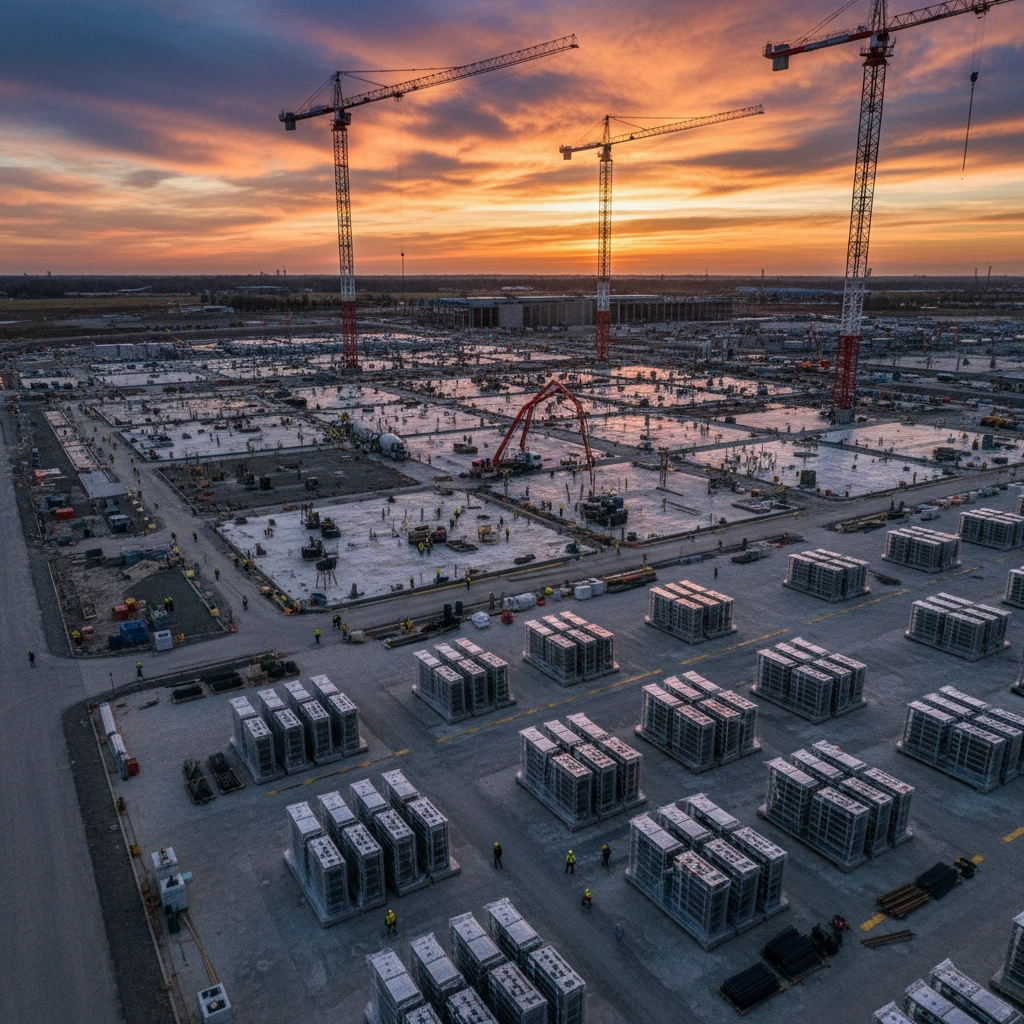
Mistake #5: Thinking More Compute Power Solves Everything
This might be the biggest misconception of all. People assume that unlimited computing power automatically equals better AI.
But here's what actually happens: you can have access to the most powerful supercomputers in the world, but if your data pipelines are broken or your deployment workflows are inefficient, you're just burning money faster.
It's like having the world's fastest car but not knowing how to drive, you'll just crash more spectacularly.
Mistake #6: Taking Job Creation Numbers at Face Value
OpenAI claims building this infrastructure will create over 100,000 jobs. Sounds amazing, right?
But dig deeper into those numbers. They include:
- Direct full-time positions
- Short-term construction roles
- Indirect jobs like manufacturing
- Local service positions
The actual long-term employment impact depends entirely on successful execution, which, as we've seen, faces some serious challenges.
Mistake #7: Ignoring the Bigger Picture
Most people focus on the drama and delays while missing the forest for the trees. Here's what's really happening: by 2025, 33% of global data center capacity will be dedicated to AI applications. By 2030? That jumps to 70%.
We're not just talking about one company's ambitious project. We're watching the entire computing infrastructure of the planet get rebuilt for artificial intelligence.
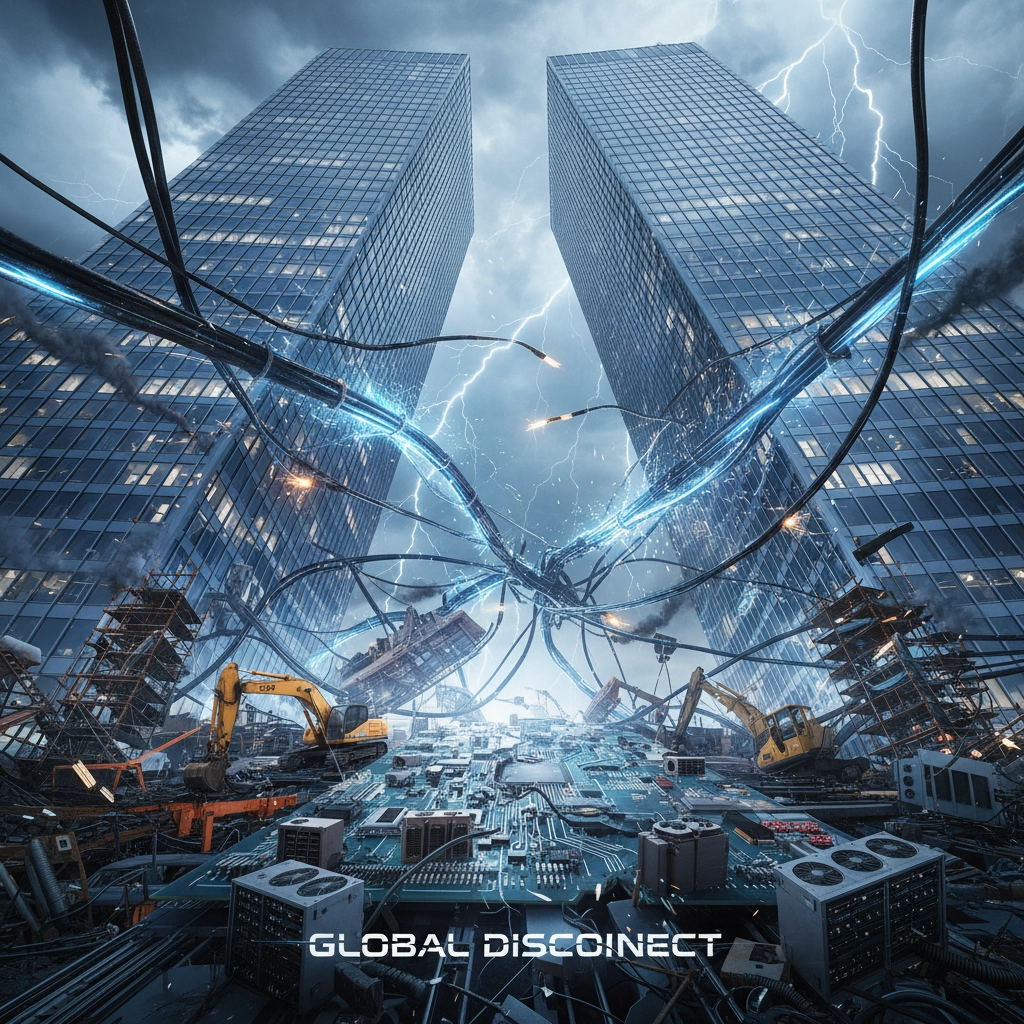
Why These Mistakes Matter
Getting these details wrong isn't just about internet arguments. When we misunderstand what's actually happening with AI infrastructure, we make bad decisions about:
- Career planning (should you learn AI skills?)
- Investment choices (is this a bubble or transformation?)
- Policy discussions (how should governments respond?)
- Personal tech adoption (what's coming next?)
The Stargate project, messy as it is, represents a fundamental shift in how we think about computing power, energy consumption, and the role of AI in society.
The Bottom Line
Yes, OpenAI's Stargate project faces real challenges. Yes, the coordination issues are messy. And yes, some of the timelines are slipping.
But dismissing it as hype or focusing only on the drama misses the point entirely. This is infrastructure building for the next phase of human technological development: it's supposed to be complicated and expensive.
The companies involved aren't throwing money at problems hoping they'll disappear. They're making calculated bets that AI will fundamentally change how we work, create, and solve problems over the next decade.
Instead of getting caught up in the misinformation cycle, maybe we should focus on understanding what this transformation actually means for all of us.
What do you think; are we watching the birth of the next internet-level infrastructure shift, or is this just the tech industry's latest expensive experiment?
